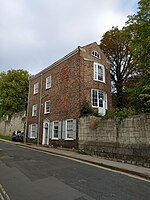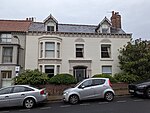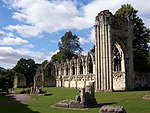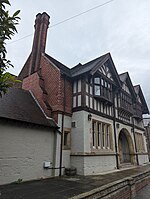St Olave's Church, York
15th-century church buildings in EnglandAnglo-Catholic church buildings in North YorkshireChurch of England church buildings in YorkChurches dedicated to Saint Olav in the United KingdomGrade I listed churches in York ... and 2 more
MarygateUse British English from December 2017

St Olave's Church, York (pronounced Olive) is a Grade I listed parish church of the Church of England in York. It is situated on Marygate, by St Mary's Abbey.
Excerpt from the Wikipedia article St Olave's Church, York (License: CC BY-SA 3.0, Authors, Images).St Olave's Church, York
Marygate, York Bishophill
Geographical coordinates (GPS) Address External links Nearby Places Show on map
Geographical coordinates (GPS)
| Latitude | Longitude |
|---|---|
| N 53.962305555556 ° | E -1.0890555555556 ° |
Address
St Olaves
Marygate
YO30 7BH York, Bishophill
England, United Kingdom
Open on Google Maps











